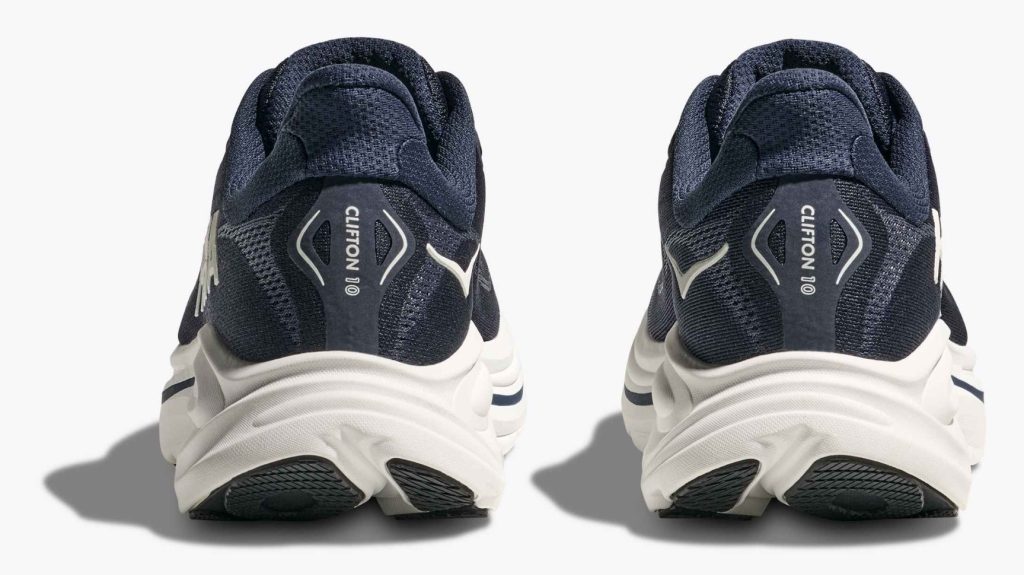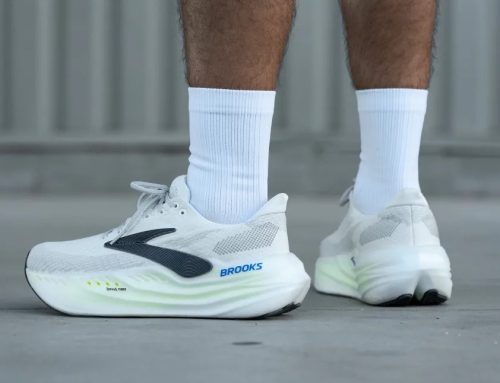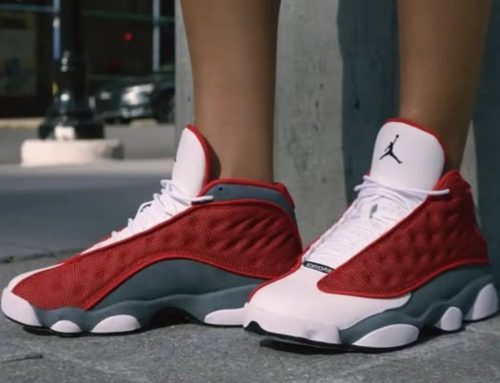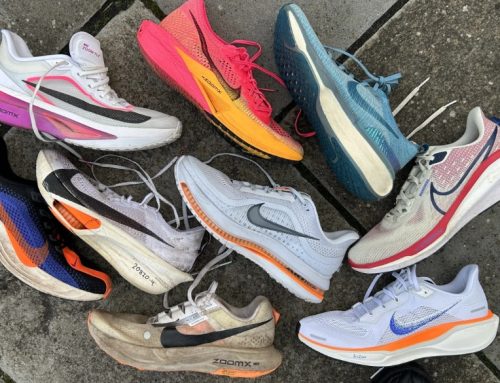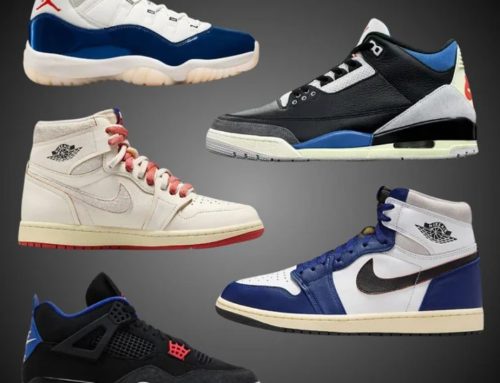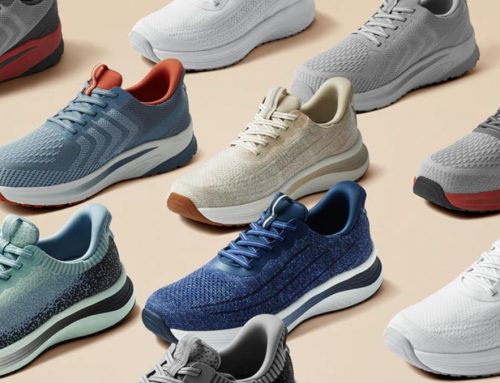Does every step send a jolt through your spine, making daily activities a painful chore? If you’re struggling with back discomfort, you’re not alone. As a dedicated service provider for various brand shoes, I understand firsthand how crucial proper footwear is for overall well-being. The good news? The right pair of sneakers for back pain can make a world of difference, transforming your daily comfort and helping you reclaim an active life.
How Your Shoes Impact Your Back
Your feet are your body’s foundation. Inadequate footwear can trigger a domino effect, creating imbalances that travel up your legs, through your hips, and directly to your spine.
Every foot strike generates impact. Well-cushioned shoes absorb this shock, preventing jarring forces from reaching your spine. Without this, your back muscles and discs bear excessive load, leading to strain.
Proper arch support is vital; it helps maintain your foot’s natural curve, ensuring your entire body stays aligned. Poor arch support can cause overpronation or supination, misaligning your hips and lower back.
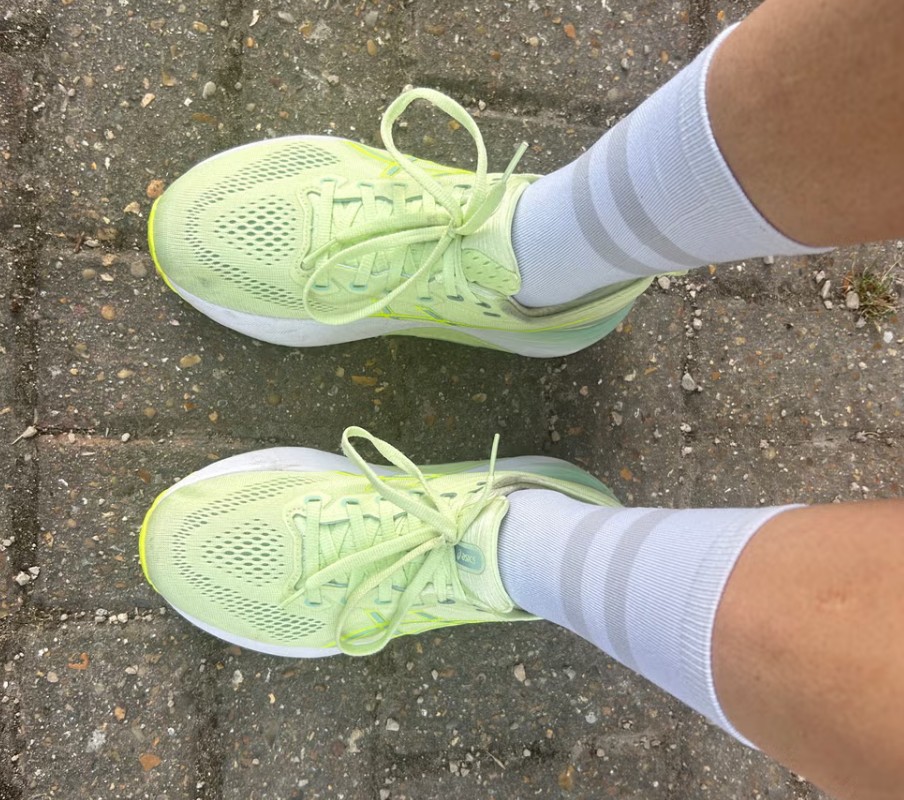
Furthermore, stability features and motion control in sneakers prevent excessive foot movement, correcting imbalances and reducing compensatory motions that stress your back. A natural gait, promoted by supportive shoes, is crucial for minimizing spinal strain by ensuring smooth, even weight distribution.
Avoiding overly flat, unsupportive, or high-heeled shoes is key to preventing added stress that aggravates existing back conditions.
Top 5 Best Sneakers for Back Pain in 2025
I’ve carefully selected and reviewed some of the best sneakers currently on the market that are highly recommended for back pain relief. I’ve focused on models celebrated for their comfort, support, and innovative technologies.
1. HOKA Clifton 10
The HOKA Clifton series is renowned for its exceptional cushioning and smooth ride, making it a go-to for many dealing with back pain. The Clifton 10 continues this legacy with improvements in weight and responsiveness.
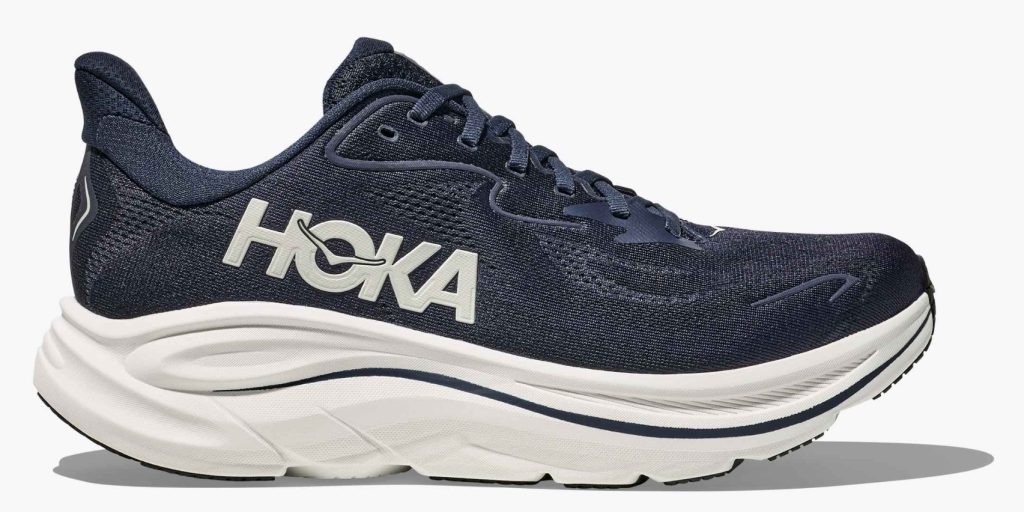
Specifications:
- Series: Clifton (latest iteration is 10)
- Weight: Approximately 8.7 oz (Men’s US 9), 7.2 oz (Women’s US 7)
- Heel-to-Toe Drop: 5mm
- Cushioning: Compression-molded EVA foam with a softer, lighter foam in the 10.
- Upper: Engineered mesh
- Outsole: Durable rubber
- Size Range: Women’s US 5-12, Men’s US 7-15
- Widths Available: Regular and Wide
- Colors: Available in a wide variety of colors. For women, popular options include “Lunar Rock / Blue Haze,” “Black / White,” and “Shell Coral / Peach Parfait.” For men, “Black / Black,” “White / Blue Haze,” and “Impala / Castlerock” are common.
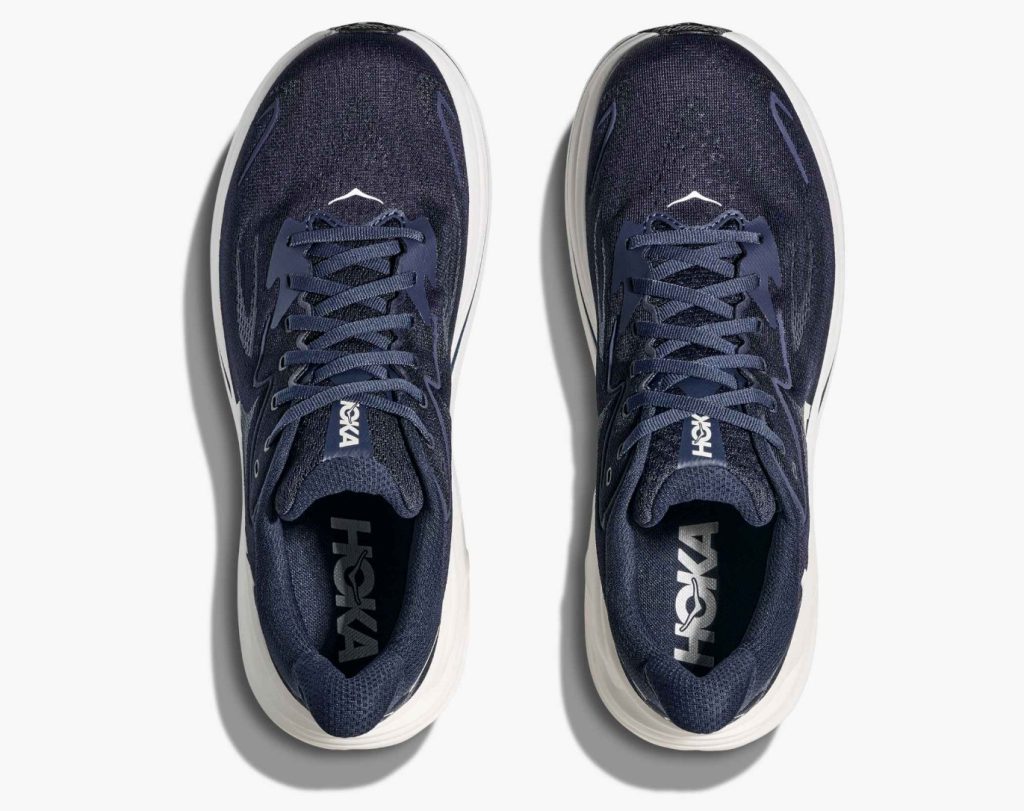
Pros:
- Exceptional Cushioning: Provides a plush, cloud-like experience that significantly absorbs shock, reducing impact on the spine and joints.
- Smooth Ride: Features a subtle early-stage Meta-Rocker geometry for effortless heel-to-toe transitions, promoting a natural gait.
- Lightweight: Surprisingly light for the amount of cushioning, reducing fatigue during long periods of standing or walking.
- APMA Seal of Acceptance: Recognized by the American Podiatric Medical Association for promoting good foot health.
Cons:
- Less Arch Support: While comfortable, some users might desire more pronounced arch support if they have specific needs.
- Higher Collar (previous models): Older Clifton models sometimes had a higher collar that could rub the Achilles for some users, but the Clifton 10 has a refined, plush collar.
2. Brooks Ghost Max 2
The Brooks Ghost Max 2 stands out for offering the maximum cushioning Brooks provides, making it an excellent choice for consistent comfort on hard surfaces.
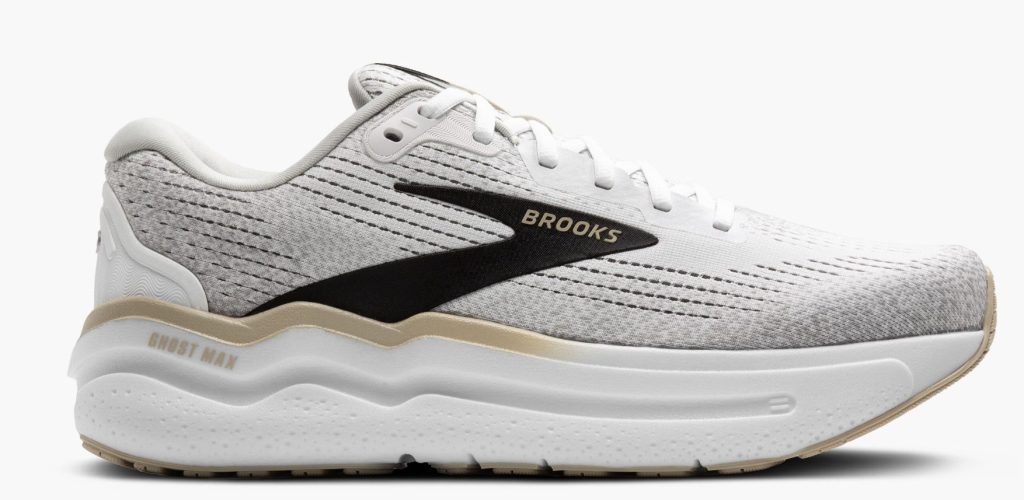
Specifications:
- Series: Ghost Max (latest iteration is 2)
- Weight: Approximately 10.9 oz (Men’s US 9), 9.0 oz (Women’s US 7)
- Heel-to-Toe Drop: 6mm
- Cushioning: DNA LOFT v2 cushioning, designed for a soft yet responsive feel.
- Upper: Engineered mesh
- Outsole: RoadTack rubber
- Size Range: Women’s US 5-12, Men’s US 7-15
- Widths Available: Medium (1D) and sometimes Wide (2E)
- Colors: Typical Brooks colorways include “Black / White,” “Blue / Grey / Black,” and various seasonal options. Women’s specific colors might include “Arctic / Black / Coral.”
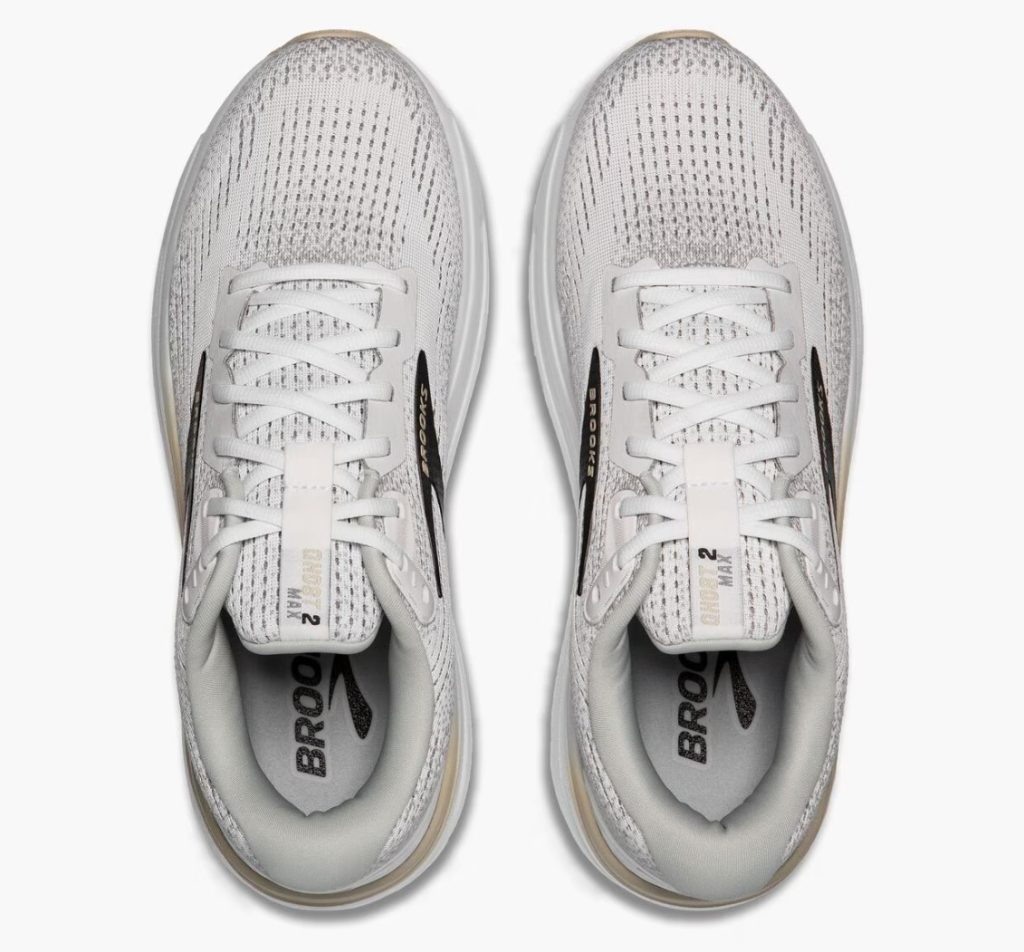
Pros:
- Max Cushioning: Delivers unparalleled softness and impact absorption, ideal for long hours on your feet, significantly reducing strain on the back.
- Stable Platform: Despite its plushness, it provides a wide and stable base, preventing wobbling and offering reliable support.
- Smooth Transitions: Its rocker geometry encourages fluid movement, making each step feel effortless.
- Good Breathability: The engineered mesh upper allows for good airflow, keeping your feet cool and comfortable.
Cons:
- Can Feel Clunky: For some, the generous cushioning might feel a bit bulky, especially for heel strikers.
- Less Flexible: The thick cushioning can make the shoe feel stiffer compared to more minimal options, which might not suit those who prefer a highly flexible shoe.
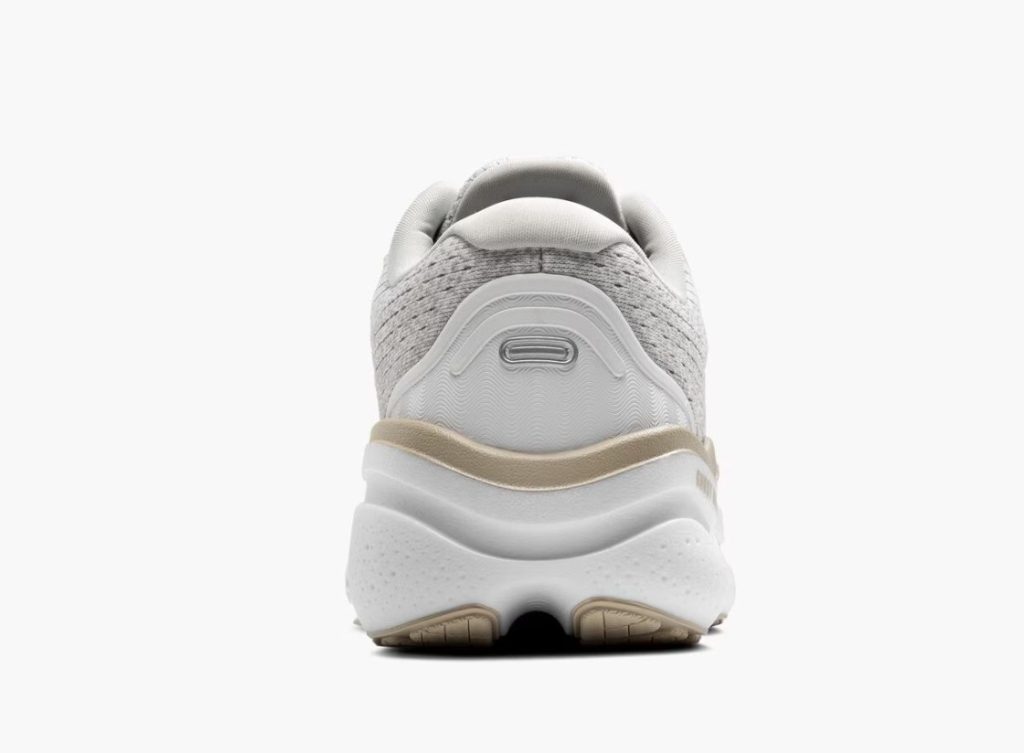
3. ASICS GEL-Kayano 30
For those needing excellent stability alongside cushioning, the ASICS GEL-Kayano 30 is a top-tier option, particularly effective for overpronators.
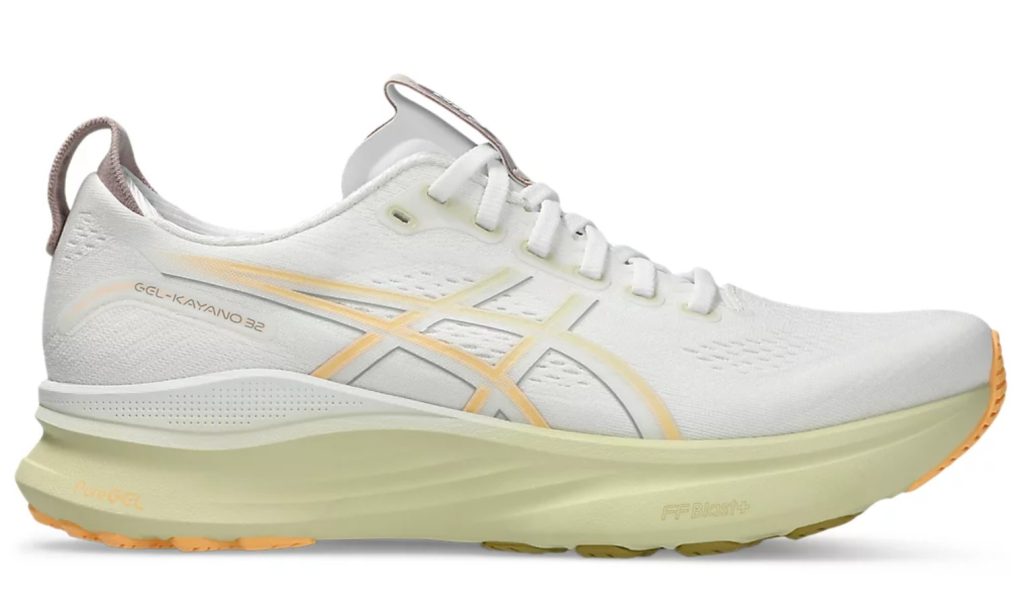
Specifications:
- Series: GEL-Kayano (latest iteration is 30)
- Weight: Approximately 10.6 oz (Men’s US 9), 9.2 oz (Women’s US 7)
- Heel-to-Toe Drop: 10mm
- Cushioning: PureGEL™ technology and FF BLAST™ PLUS ECO cushioning.
- Upper: Stretch knit upper
- Stability: 4D GUIDANCE SYSTEM™ for adaptive stability.
- Size Range: Women’s US 5-12, Men’s US 7-15
- Widths Available: Standard and Wide
- Colors: Wide range including “Black / Graphite Grey,” “White / Pure Silver,” “Midnight / Papaya” for men, and “Black / Pure Silver,” “Cream / Pure Gold,” and “Soft Sky / Pure Silver” for women.
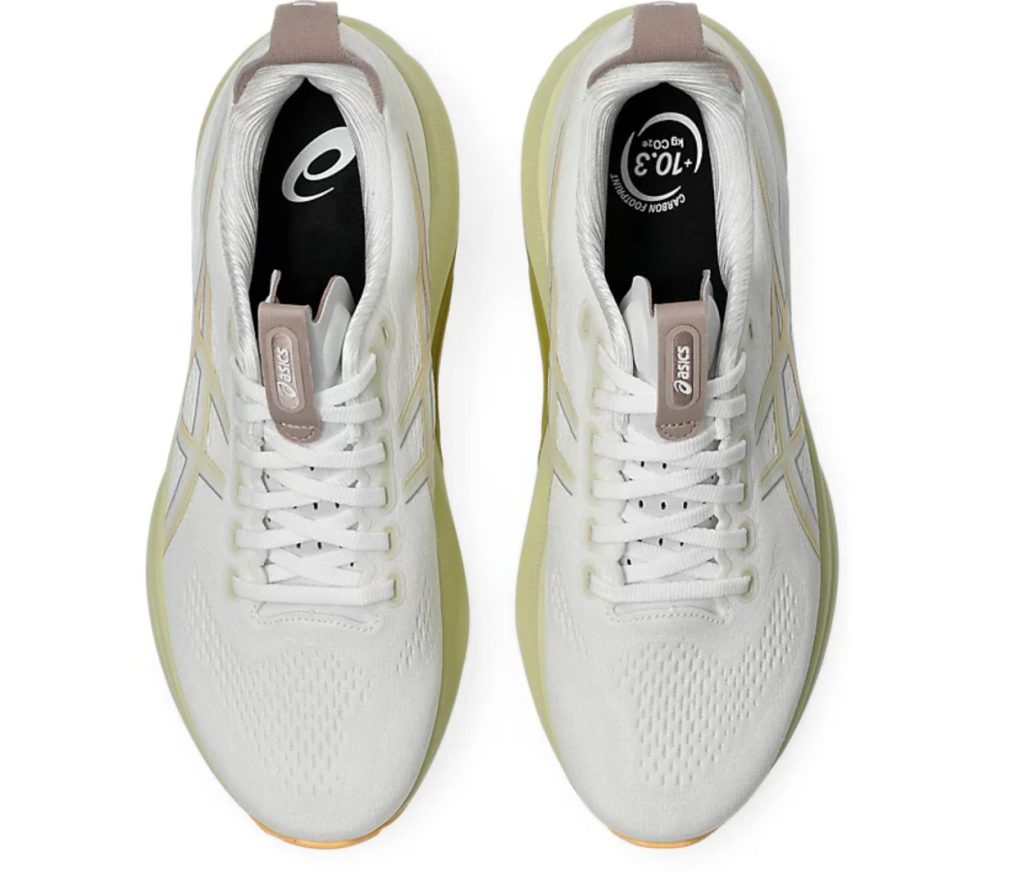
Pros:
- Exceptional Stability: The 4D GUIDANCE SYSTEM™ actively supports your foot, effectively managing overpronation and promoting better body alignment, which directly benefits the lower back.
- Advanced Cushioning: PureGEL™ and FF BLAST™ PLUS ECO provide excellent shock absorption and a comfortable, responsive ride.
- Comfortable Fit: The stretch knit upper offers a supportive yet adaptive fit around the foot.
- Durable: Built to withstand consistent wear, offering long-lasting support.
Cons:
- Can Feel Rigid: Due to its robust stability features, it might feel less flexible than neutral cushioned shoes.
- Heavier: Slightly heavier compared to some lighter, neutral running shoes.
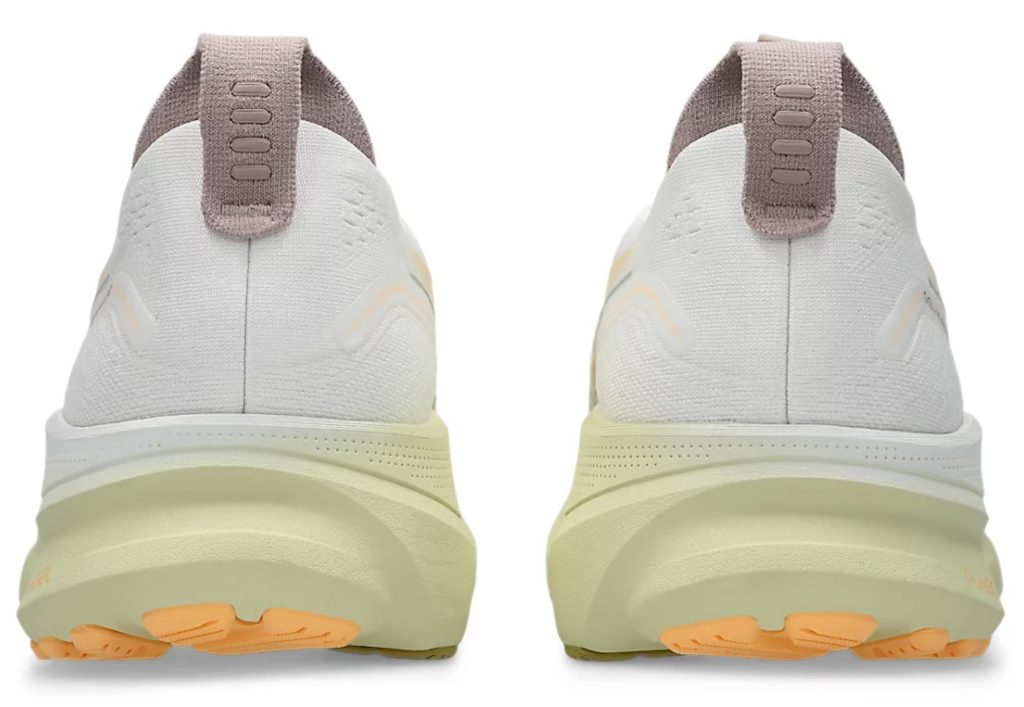
4. New Balance Fresh Foam X 860v14
The New Balance Fresh Foam X 860v14 is a reliable workhorse for daily runs and walks, providing a great balance of responsiveness and consistent support, favored by many physical therapists.
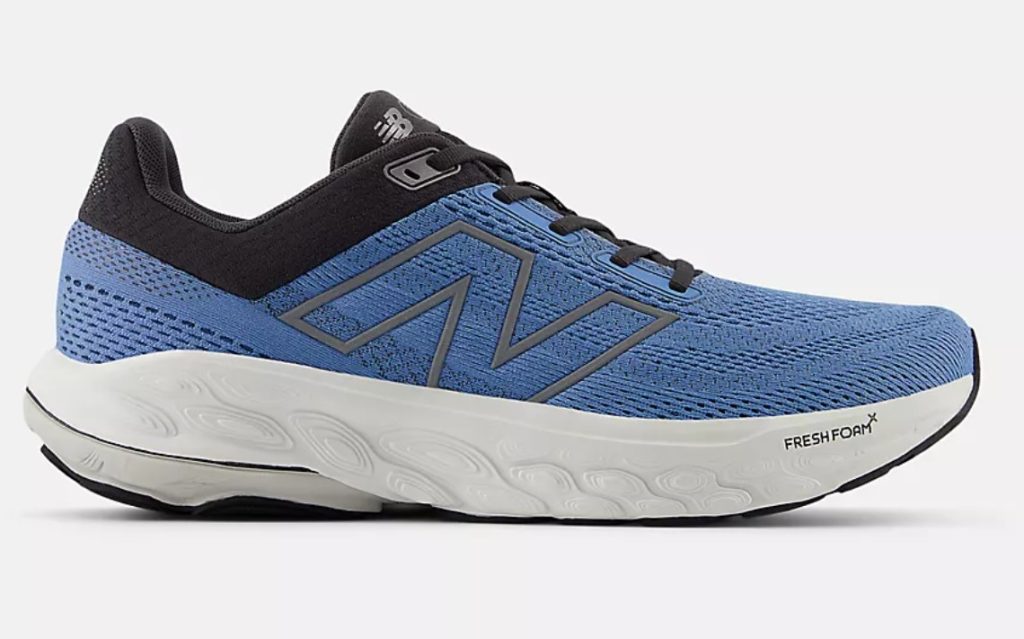
Specifications:
- Series: Fresh Foam X 860 (latest iteration is 14)
- Weight: Approximately 10.4 oz (Men’s US 9.5), 8.7 oz (Women’s US 7.5)
- Heel-to-Toe Drop: 10mm
- Cushioning: Dual-layer Fresh Foam X midsole for plush landings and responsive takeoffs.
- Stability: Medial Post for stability and support for overpronation.
- Upper: Hypoknit engineered mesh
- Size Range: Women’s US 5-12, Men’s US 7-16
- Widths Available: Standard (D), Wide (2E), and Extra Wide (4E) for men; Standard (B) and Wide (D) for women.
- Colors: Classic and modern options such as “Black with Eclipse,” “Moonrock with Vision Blue,” and “White with Phantom.”
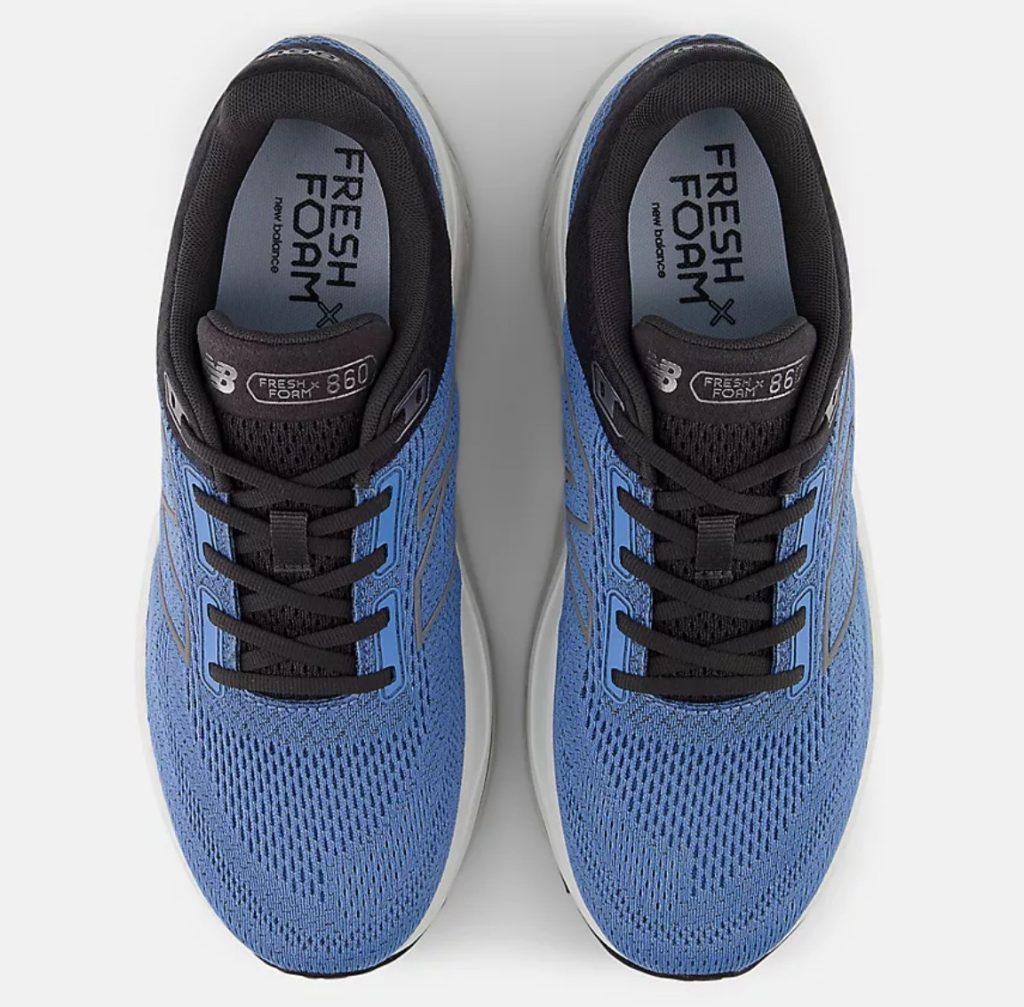
Pros:
- Reliable Stability: The medial post effectively addresses overpronation, providing crucial support to maintain spinal alignment and reduce back strain.
- Balanced Cushioning: Offers a comfortable yet responsive ride, absorbing impact without feeling overly soft.
- Durable: Known for its robust construction, making it suitable for consistent, everyday wear.
- Physio-Approved: Popular among physical therapists for its consistent support in spinal health.
Cons:
- Can Feel Firm: While supportive, it might feel firmer than max-cushioned shoes, which some users prefer.
- Less Flexible: Its stability features contribute to a stiffer feel, which might not be ideal for those seeking maximum flexibility.
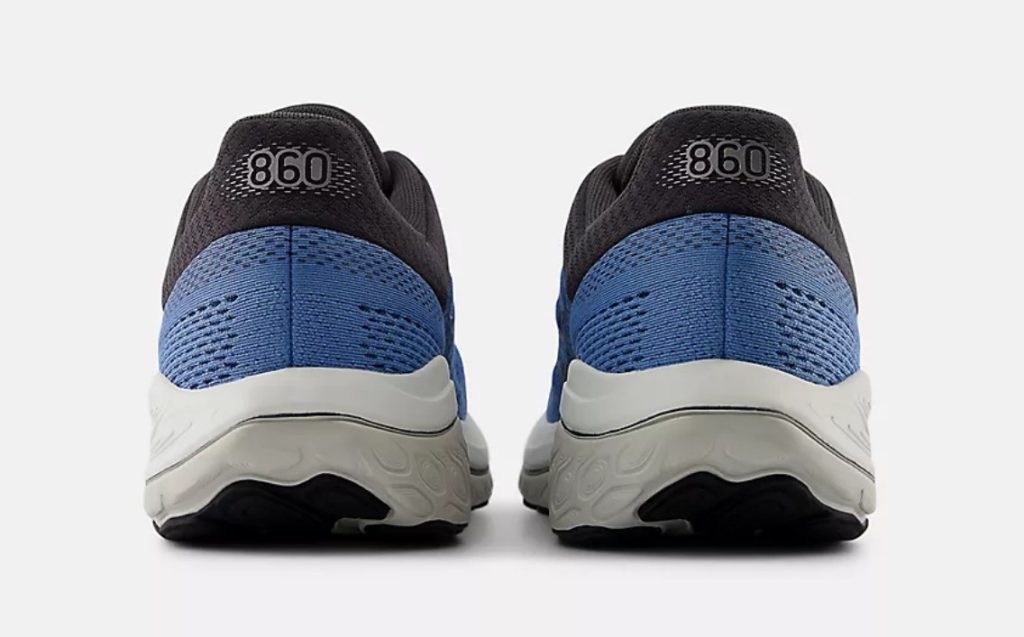
5. Skechers Arch Fit 2.0
The Skechers Arch Fit 2.0 is a fantastic budget-friendly option that doesn’t compromise on comfort or crucial arch support, making it accessible for a wider audience.
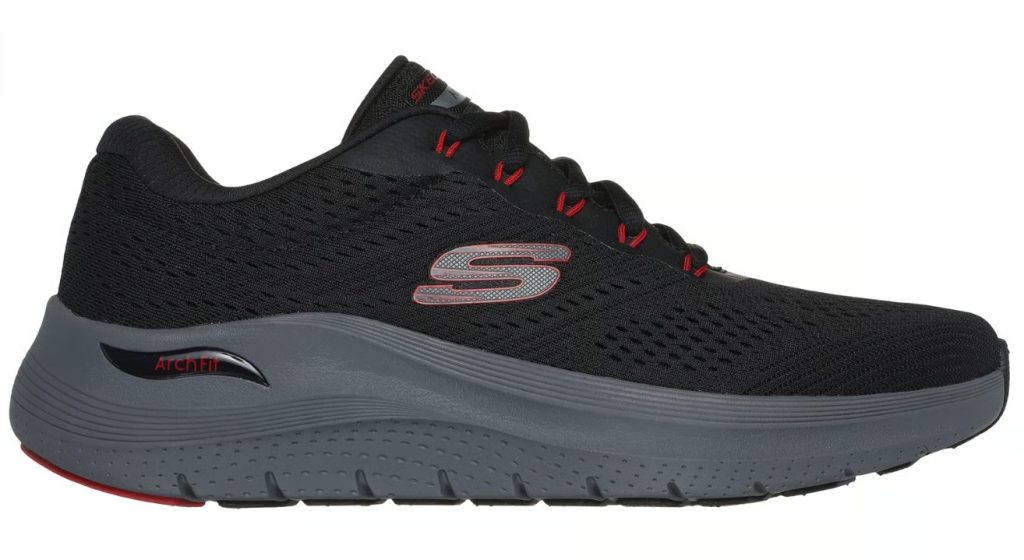
Specifications:
- Series: Arch Fit (latest iteration is 2.0)
- Weight: Approximately 10.9 oz (Men’s US 9), 8.7 oz (Women’s US 7)
- Heel-to-Toe Drop: Varies slightly by model, but generally moderate.
- Cushioning: Skechers Memory Foam™ or Resilient Arch Fit® foam insole, often with a shock-absorbing midsole.
- Arch Support: Podiatrist-certified arch support system.
- Upper: Knit or woven mesh upper, often with Slip-ins® technology for hands-free entry.
- Size Range: Women’s US 5-11, Men’s US 7-13
- Widths Available: Medium (B/D) and Wide (D/2E) are common.
- Colors: A very wide range, often including black, navy, grey, and various fashion colors. Examples include “Black / White,” “Navy / Gray,” and seasonal brights.
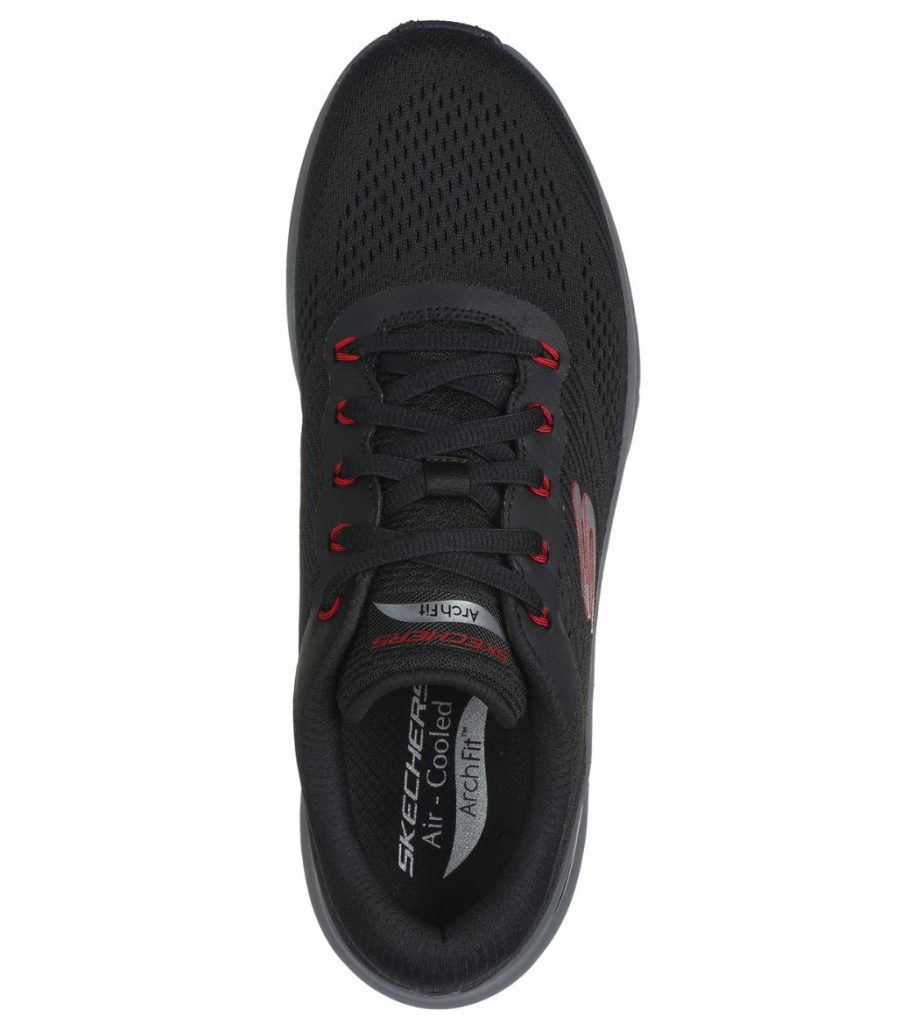
Pros:
- Exceptional Arch Support: The highlight of this series is its podiatrist-certified arch support system, which molds to your foot for personalized comfort and helps alleviate pressure on the lower back.
- Budget-Friendly: Offers high-quality features at a more accessible price point compared to many other specialized comfort shoes.
- Removable Insole: Allows for easy replacement with custom orthotics if needed.
- Convenient Slip-on Options: Many models feature the Skechers Slip-ins® design, making them incredibly easy to put on and take off without bending over, a huge plus for those with back pain.
Cons:
- Durability Concerns: While comfortable, some users have noted that the upper or outsole might not be as durable as higher-priced models from other brands, especially with heavy, abrasive use.
- Bulkiness: Some models can appear a bit bulky due to the generous cushioning.
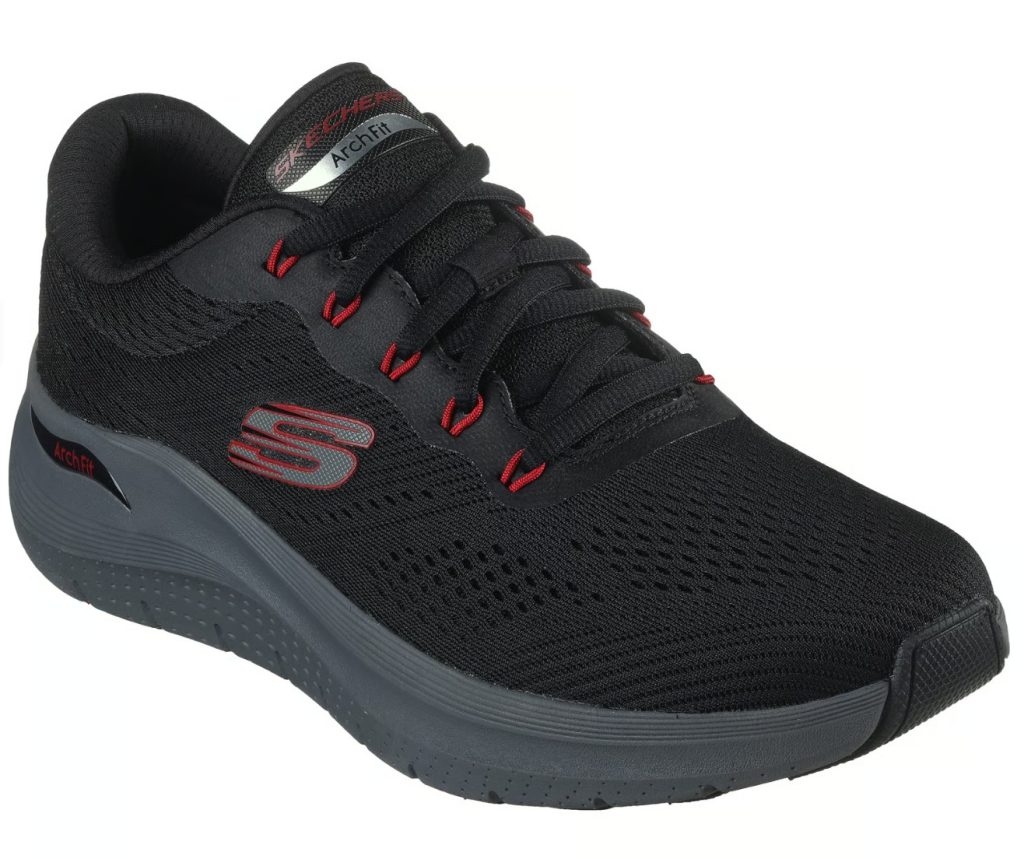
What Features to Look For When Choosing the Best Sneakers for Back Pain
Choosing the right pair of sneakers for back pain can feel overwhelming with so many options available. Based on my experience and expert insights, here are the crucial features you should prioritize to find your perfect match:
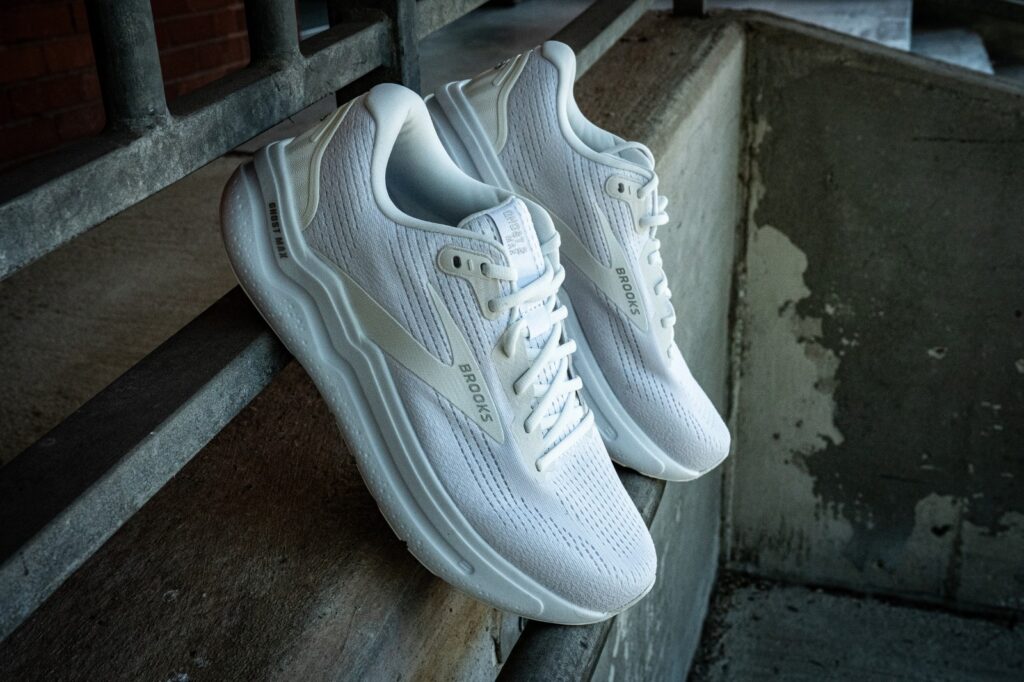
- Cushioning: Prioritize moderate to high cushioning for superior shock absorption. Look for quality foams (EVA, specialized brand foams) or gel technologies that provide comfort without being overly soft and compromising stability.
- Arch Support & Stability: Essential for proper alignment. Seek contoured arch support matching your foot type. Stability features, like firm midsoles and reinforced heel counters, prevent excessive foot rolling (pronation), which helps maintain spinal alignment.
- Proper Fit & Toe Box: An ill-fitting shoe causes pain. Ensure ample room in the toe box for natural toe splay (about half an inch from your longest toe). The shoe should feel snug in the midfoot and heel, preventing slipping. Consider wider options if needed, and ensure compatibility with orthotics.
- Heel-to-Toe Drop: A drop around 8-12mm often promotes a more natural walking posture, reducing back strain. Be cautious with zero-drop shoes unless transitioning gradually.
- Lightweight & Flexible: Lighter shoes reduce fatigue. Look for flexibility in the outsole that allows natural foot movement while still providing essential support. Avoid overly flexible shoes lacking structure.
- Outsole Traction: A grippy outsole is important for stability, preventing slips and falls that could injure your back.
By focusing on these features, you’ll be well on your way to finding a pair of sneakers that truly supports your back health.
Holistic Approaches to Back Pain Relief
While finding the best sneakers for back pain is a significant step towards comfort, it’s essential to remember that footwear is a supportive tool, not a standalone cure. For lasting relief, a holistic approach is often most effective.

- Movement & Exercise: Incorporating regular, gentle exercise is vital. Focus on strengthening your core muscles, glutes, and improving the mobility of your hips and thoracic spine. Activities like walking, swimming, or specific physical therapy exercises can significantly reduce back pain by building supporting strength and flexibility.
- Posture Awareness: Pay attention to your posture throughout the day, whether you’re standing, sitting, or lifting. Maintaining a neutral spine can prevent unnecessary strain on your back muscles and discs. Even small adjustments, like evenly distributing your weight while standing or using lumbar support when sitting, can make a big difference.
- Professional Consultation: If your back pain persists, intensifies, or is accompanied by numbness or weakness, consulting a healthcare professional is crucial. A physical therapist, chiropractor, or podiatrist can provide a proper diagnosis, recommend specific exercises, or even conduct a gait analysis to pinpoint underlying issues. They can offer tailored advice that goes beyond just footwear.
- Ergonomics: For those who spend long hours at a desk or on their feet in a particular setting, optimizing your workspace ergonomics can be a game-changer. Ensure your chair, desk height, and screen position support a healthy posture.
By combining the benefits of appropriate footwear with these holistic strategies, you’re building a comprehensive plan to manage and alleviate your back pain, leading to a more comfortable and active life.
Frequently Asked Questions (FAQ)
Are running or walking shoes better for back pain?
Generally, running shoes often incorporate more advanced cushioning and shock-absorbing technologies to handle high impact, which can be beneficial for back pain. However, many walking-specific shoes also offer excellent support and cushioning. The key is to look for the features discussed—ample cushioning, good arch support, and stability—regardless of whether they’re labeled “running” or “walking” shoes.
Can wearing unsupportive shoes cause back pain?
Absolutely. Shoes lacking proper cushioning, arch support, or stability can lead to poor foot mechanics, altering your natural gait and posture. This can create imbalances and increased strain on your knees, hips, and lower back, directly contributing to or aggravating back pain.
How often should I replace my sneakers for back pain?
The lifespan of a sneaker typically ranges from 300 to 500 miles, or every 6-12 months, depending on your usage and body weight. However, for back pain sufferers, it’s crucial to pay attention to when the cushioning and support start to feel “dead” or if you notice new aches and pains. Replacing them regularly ensures consistent shock absorption and support.
Can orthotics help with back pain?
Yes, custom or over-the-counter orthotics can be very beneficial. They provide additional arch support, correct biomechanical imbalances, and help optimize foot alignment, which in turn can reduce strain on the lower back. Many of the recommended shoes in this guide have removable insoles to accommodate orthotics.
Conclusion
Investing in the best sneakers for back pain is a powerful step towards regaining comfort and improving your overall quality of life. As I’ve highlighted, the right footwear, combined with a mindful approach to movement and posture, can significantly alleviate discomfort and help you stay active.
Ready to take the next step towards a pain-free stride, or looking to optimize your brand shoe offerings for your customers? I’m here to help. For personalized advice, specific product sourcing, or wholesale inquiries, don’t hesitate to connect with me directly on WhatsApp. Let’s work together to find the perfect solutions for your feet and your back.


